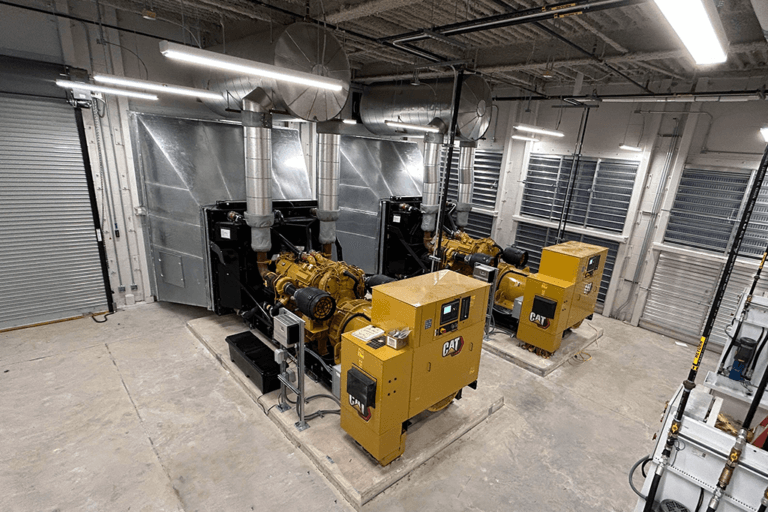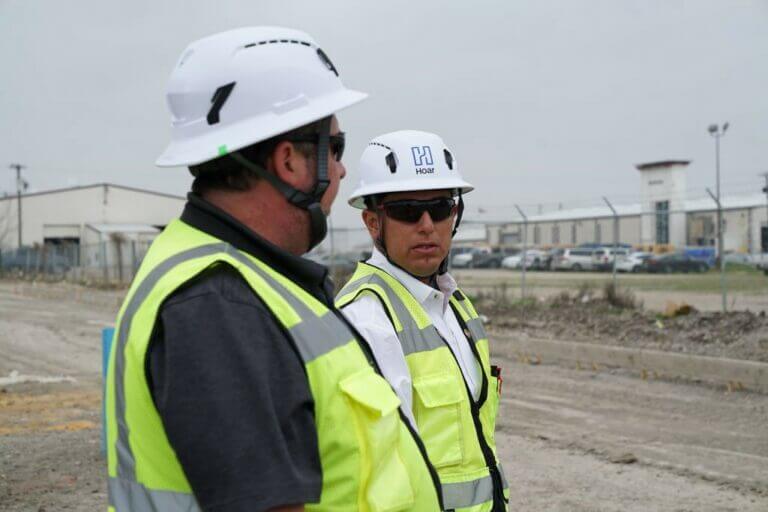
Photo from the American Society for Health Care Engineering
My first project in healthcare was building a Wound Healing Clinic with Hyperbaric Oxygen Therapy. During that job, I fell in love with the logistics of healthcare construction. Construction is already a complex craft, but healthcare seemed like a more complicated chess game with the additional benefit of delivering a building that will help people. Nearly 20 years later, I’m still working in healthcare construction. In my career, I’ve been to about 10 American Society for Healthcare Engineering (ASHE) PDC Summits. I just got back from this year’s event and here’s four takeaways I have from my time:
1. Prefabrication
Prefabrication and modular construction are widespread now in healthcare construction. We’ve implemented modular construction and large-scale prefabrication on most of our current healthcare projects and used that experience to write a white paper on the building method. During the summit, I attended a class on prefabrication that highlighted a few current projects experiencing success with prefabricated wall panels on a hospital. The method is similar to one our teams used while building a children’s hospital expansion in Austin. My takeaway from the class and conversations about prefabrication was that the method is still of great interest to healthcare clients hoping to gain value in their schedules, budgets, and quality. So, healthcare builders need to be experienced in the building method, understand the importance of early engagement with the design team, and how to deliver on client’s expectations.
2. Infection Control
I don’t need to tell anyone that infection control is important to healthcare clients. Most clients expect their healthcare builders to be exceptional at infection control because it’s essential to keeping their patients safe while improving their facilities. I attended a class on ASHE’s ICRA 2.0 last year at ASHE PDC and found it very interesting. The goal of the updated guidelines is to provide a more unified ICRA patient protection process. This year, the summit took a step forward and offered “Train the Trainer” classes on ICRA 2.0. I believe this shows increased interest within the industry to learn the process and implement it on healthcare job sites.
3. Commissioning
Healthcare buildings are complicated systems. They’re not just sticks and bricks, they have a heartbeat and a nervous system. This is especially true for new hospitals we’re building which are more automated and have more sophisticated systems. When you build multiple, intricate systems into one building there’s a lot of overlap — and that overlap is a potential point of failure. What better way to know if something is wrong with your building than to force it to operate at full function. Commissioning is essentially a giant quality check. We are making sure what was designed in theory works in practice.
I took a class on Commissioning at the summit, and it covered best practices for commissioning in healthcare projects. The class reinforced the importance of testing every possible scenario of your client’s new healthcare facility to ensure you know what will happen to one system if the power goes out, the main pump goes down, and all the random events in between that can impact the facility’s operation. Project teams have to know how the structure they built operates, so they can deliver the confidence of a quality, functioning hospital to their client.
4. Technology
I want to give a shout out to the exhibit hall at the ASHE PDC summits. I think if you walk through the hall and come away with even one nugget of new knowledge or discover one piece of new technology that might improve your process, it’s worth it. This year I noticed several. Everything from new software to track production to sound attenuation materials that have the potential to significantly improve builders’ ability to protect the patient experience on healthcare renovation projects. This is just one form of technology I believe could offer value to our clients, because in my own personal experience we are always planning how to perform loud, disruptive work with minimal negative impact to patients — which is never an easy task.

